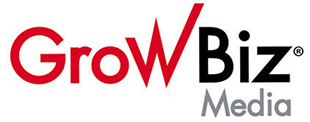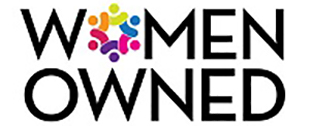I know we covered the beauty industry last month, but as we head into a new year, the January 9th edition of Women’s Wear Daily’s Digital Daily reports that despite wars, inflation, and interest rates, there are “mostly blue skies ahead for beauty.”
Circana reports that for the nine months ending last September 30, the prestige beauty market grew 14%, while the mass market rose 8%. WWD reports that analysts and retailers believe the beauty boom will continue this year, “driven by TikTok and heightened consumer fascination with the category.” Any “looming economic fears” aren’t expected to impact beauty revenues.
WWD notes that one advantage the beauty industry has is that while you might think consumers would classify beauty purchases as discretionary spending, instead, many consider it “essential goods.”
The “beauty” of the beauty industry is that there’s consumer demand on both the high and low ends of the market. For instance, WWD talked to the vice president of beauty merchandising at Walmart, who said they’ve seen “phenomenal unit growth” on products with price points in the $10 to $12 range and below. And he added that more expensive beauty items (in the $50 to $100 price range) are also performing well online.
More traditional beauty retailers like Ulta and Macy’s are expanding their offerings of luxury beauty merchandise. This lines up with consumer behavior. As WWD points out, the Circana data shows consumers are spending more on cosmetics and skincare while cutting back and buying cheaper fragrances.
And as always, most consumers are still looking for a deal. They’re buying gift sets because they perceive they’re getting extra value.
TikTok, known for driving beauty sales, opened TikTok Shop last fall and already has hundreds of thousands of sellers. WWD Beauty says the beauty products accounted for 84% of sales when TikTok Shop launched. Instagram is also effective at moving beauty products.
Of course, videos drive sales of beauty products on TikTok, and WWD reports that “get ready with me-type videos” are particularly effective. Educating consumers is key in this category. And that there’s room to grow in the “niches.”
Whether you want to sell beauty products or create them (it’s still a great entrepreneurial opportunity), a key advantage of the industry is its broad appeal. As WWD says, “Beauty isn’t size-intensive,” so you can sell more products to more people.
Don’t believe me? The Information just reported that K18 hair products, founded in December 2020 by two people, had 2023 sales of about $100 million and is about to be sold to Unilever for a reported $700 million.
Or Drunk Elephant, founded by one woman in 2013, was bought in 2019 by Shiseido for $845 million.
Beauty stock image by KOTOIMAGES/Shutterstock



